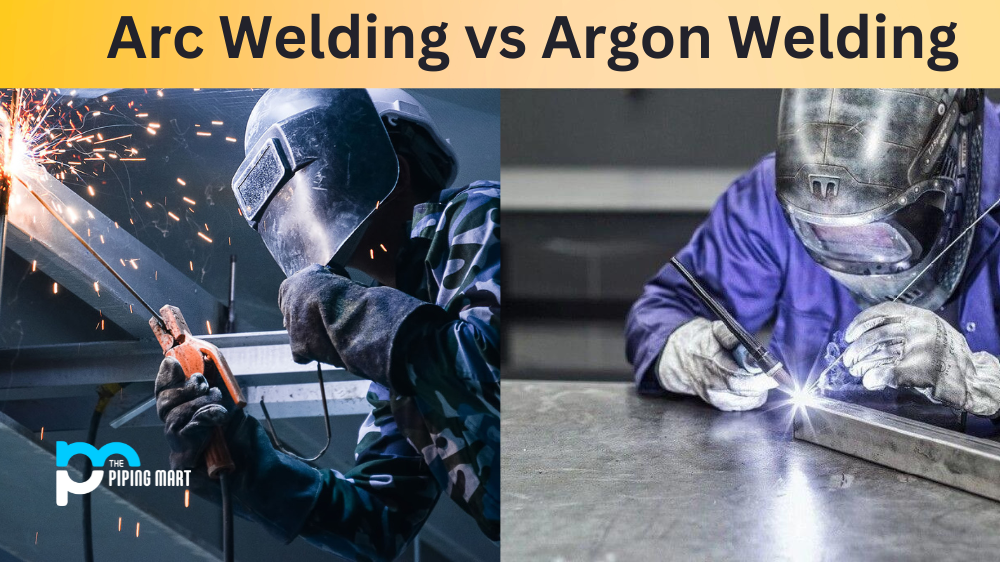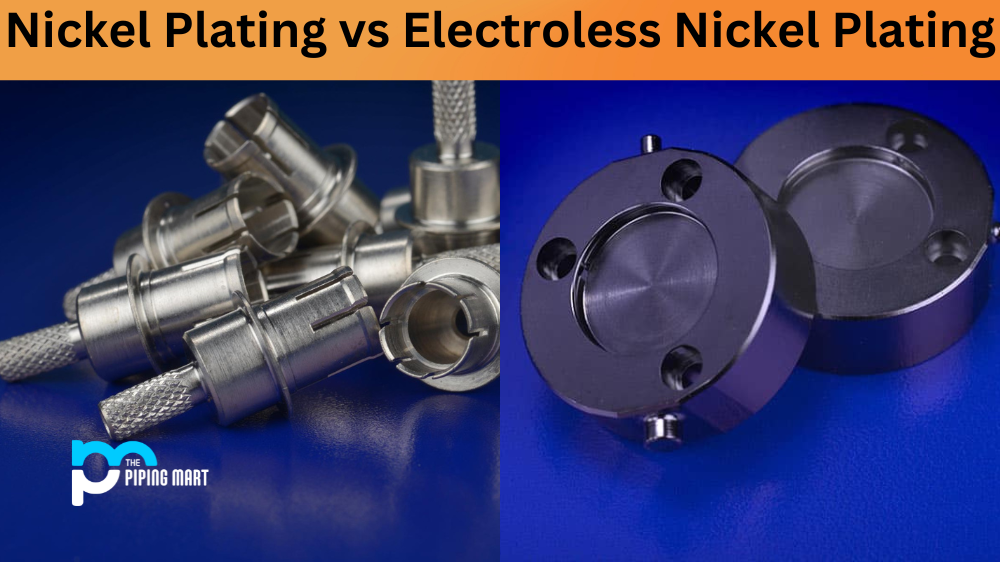Welding is a complex and important skill to master. It’s used in many industries, from automotive to aerospace, so understanding the nuances between different types of welding can be a big help. In this blog post, we’ll discuss two popular welding techniques—arc welding and argon welding—and explore their differences.
Difference Between Arc Welding and Argon Welding
Arc welding is one of the most commonly used forms of welding. It uses an electric arc to heat metals, which melts them together to create a strong bond. The electric arc is generated by connecting the metal being welded to a power source via electrodes. The electrodes are composed of either bare metal or coated metal that is designed to increase the efficiency of the arc. Arc welding is often used in outdoor applications due to its ability to easily penetrate thick metals without having to preheat them first. However, it can be difficult to control because the heat generated by the arc can cause warping or other damage if not carefully monitored.
Argon welding is also known as gas tungsten arc welding (GTAW) or tungsten inert gas (TIG) welding. This type of welding involves using an inert gas such as argon as a shield for the weld puddle while electricity passes through a non-consumable tungsten electrode that is held close enough to the workpiece to generate an arc. Argon welding has several advantages compared to arc welding, including better control over heat input, which allows for more precise welds with less chance of overheating; increased flexibility due to its ability to weld multiple types of metals; and less smoke and fumes during operation, resulting in improved air quality in the workspace. However, argon welding requires more skill than arc welding due to its greater complexity and costlier equipment requirements.
Advantages of Arc Welding
One of the main advantages of arc welding is that it is a very versatile method that can be used on a variety of materials. Additionally, arc welding is relatively easy to learn and can be performed by almost anyone. Another advantage of arc welding is that it is relatively inexpensive, as it does not require special equipment or training.
Advantages of Argon Welding
One of the main advantages of argon welding is that it produces stronger welds than arc welding. Additionally, argon welding is less likely to cause warping or distortion in the metal. Argon welding is also less likely to produce sparks and spatter than arc welding.
Disadvantages of Arc Welding
One of the main disadvantages of arc welding is that it can be dangerous if not performed properly. Arc welders are at risk for electrical shock, as well as burns from the heat generated by the arc. Additionally, arc welders must use personal protective equipment (PPE), such as gloves, goggles, and a face shield, to protect themselves from the dangers associated with this type of welding.
Disadvantages of Argon Welding
One of the main disadvantages of argon welding is that it requires special equipment that can be expensive. Additionally, argon welders must have training in order to perform this type of welding safely and effectively.
Conclusion:
Both arc and argon welding are essential tools for any welder’s arsenal but they each have their own unique strengths and weaknesses that make them better suited for certain applications than others. Arc welding offers greater penetration but less control over heat input while argon provides more precise results at a higher cost but with fewer fumes produced during operation. Ultimately, it will come down to your specific needs when deciding which type of weld should be used for your project. Whichever you choose, careful consideration should be given before beginning any project involving either technique!

A passionate metal industry expert and blogger. With over 5 years of experience in the field, Palak brings a wealth of knowledge and insight to her writing. Whether discussing the latest trends in the metal industry or sharing tips, she is dedicated to helping others succeed in the metal industry.




